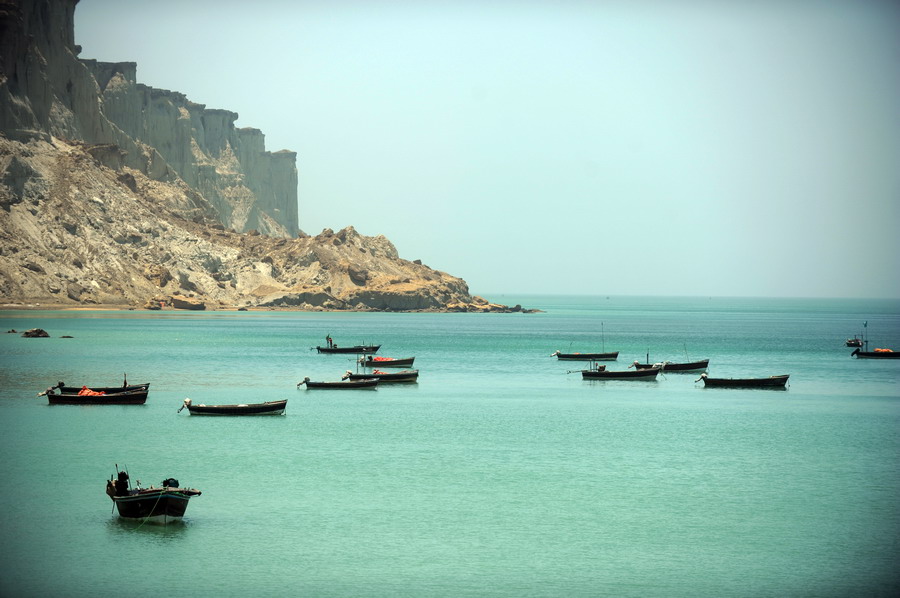ghazi52
PDF THINK TANK: ANALYST

- Joined
- Mar 21, 2007
- Messages
- 101,792
- Reaction score
- 106
- Country
- Location
........................................
Gwadar - Still waters
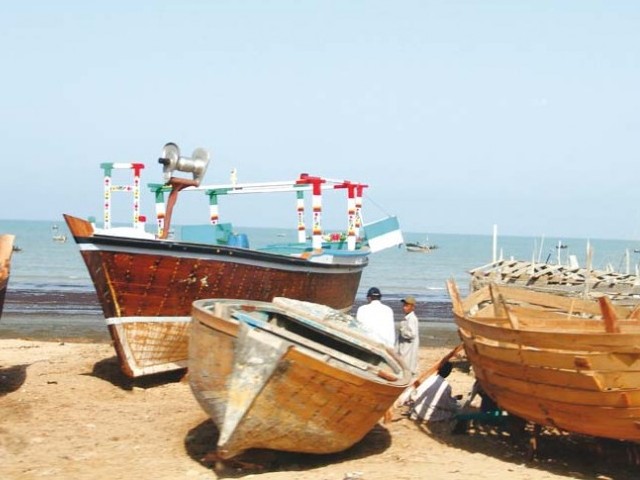
Trawlers and big businesses leave Gwadar’s fishermen floundering to find a new source of income.
Legend has it that when Alexander’s Greek army made its way to Makran, the place was given the name ‘Mahi Khoran’, meaning ‘fish-eaters’. The name eventually evolved into ‘Makran’. In areas of Makran and Gwadar, fishing is the largest, and for the most part, the only means to eke out a livelihood. However, over the last two decades, fishermen here have suffered as fishing trawlers and big businesses bring in their own people for fishing. According to some estimates, there are 3,000 to 4,000 fishing vessels operating in Gwadar. On average, every vessel employs five to 10 people.

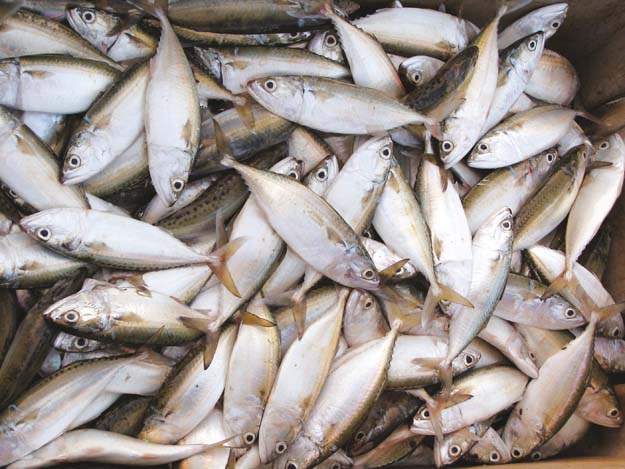
Even though the provincial government has banned fish trawling in its territorial waters under the Balochistan Fisheries Ordinance 1971, trawlers still operate freely here, destroying the natural habitat by over-fishing. As per international laws, local communities should be given the rights to 12 nautical miles of the ocean for their livelihoods.
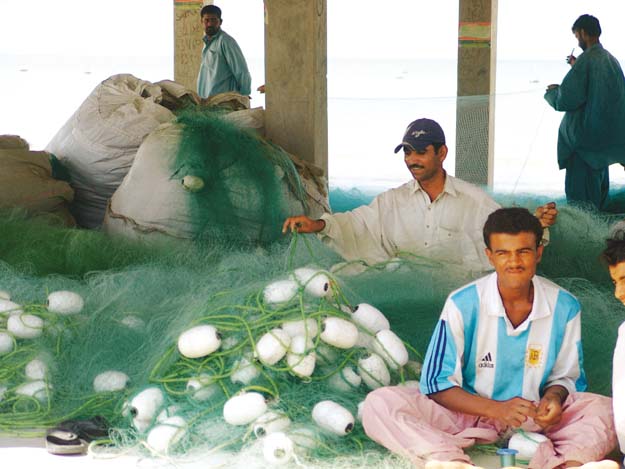


Most fishermen in Gwadar sell their catch to a contractor who usually works for a bigger business. They then sell it to shops and some export the day’s haul to different cities in Pakistan. The amount paid to the fishermen is minimal, and no profit-sharing scheme is implemented. “Are they really going to turn this place into Dubai when we (locals) are starving to death?” asked one fisherman in Gwadar. “Everyone from the local administration to the minister is corrupt. They allow these trawlers and businesses to operate so we don’t have anything to sell,” he claimed.
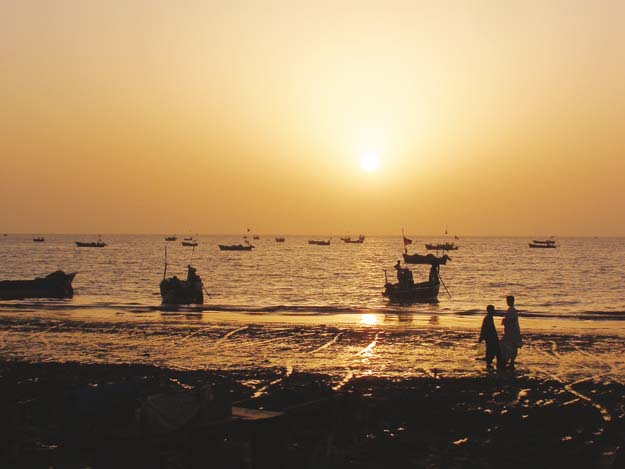

Shahzad Ahmad is the country director at Bytes for All, Pakistan. He has previously worked as an environmentalist.
.....
Gwadar - Still waters

Trawlers and big businesses leave Gwadar’s fishermen floundering to find a new source of income.
Legend has it that when Alexander’s Greek army made its way to Makran, the place was given the name ‘Mahi Khoran’, meaning ‘fish-eaters’. The name eventually evolved into ‘Makran’. In areas of Makran and Gwadar, fishing is the largest, and for the most part, the only means to eke out a livelihood. However, over the last two decades, fishermen here have suffered as fishing trawlers and big businesses bring in their own people for fishing. According to some estimates, there are 3,000 to 4,000 fishing vessels operating in Gwadar. On average, every vessel employs five to 10 people.


Even though the provincial government has banned fish trawling in its territorial waters under the Balochistan Fisheries Ordinance 1971, trawlers still operate freely here, destroying the natural habitat by over-fishing. As per international laws, local communities should be given the rights to 12 nautical miles of the ocean for their livelihoods.



Most fishermen in Gwadar sell their catch to a contractor who usually works for a bigger business. They then sell it to shops and some export the day’s haul to different cities in Pakistan. The amount paid to the fishermen is minimal, and no profit-sharing scheme is implemented. “Are they really going to turn this place into Dubai when we (locals) are starving to death?” asked one fisherman in Gwadar. “Everyone from the local administration to the minister is corrupt. They allow these trawlers and businesses to operate so we don’t have anything to sell,” he claimed.


Shahzad Ahmad is the country director at Bytes for All, Pakistan. He has previously worked as an environmentalist.
.....

















